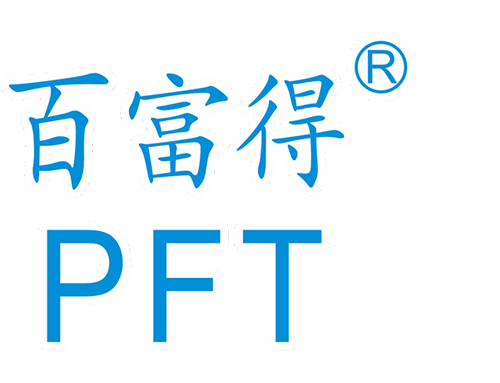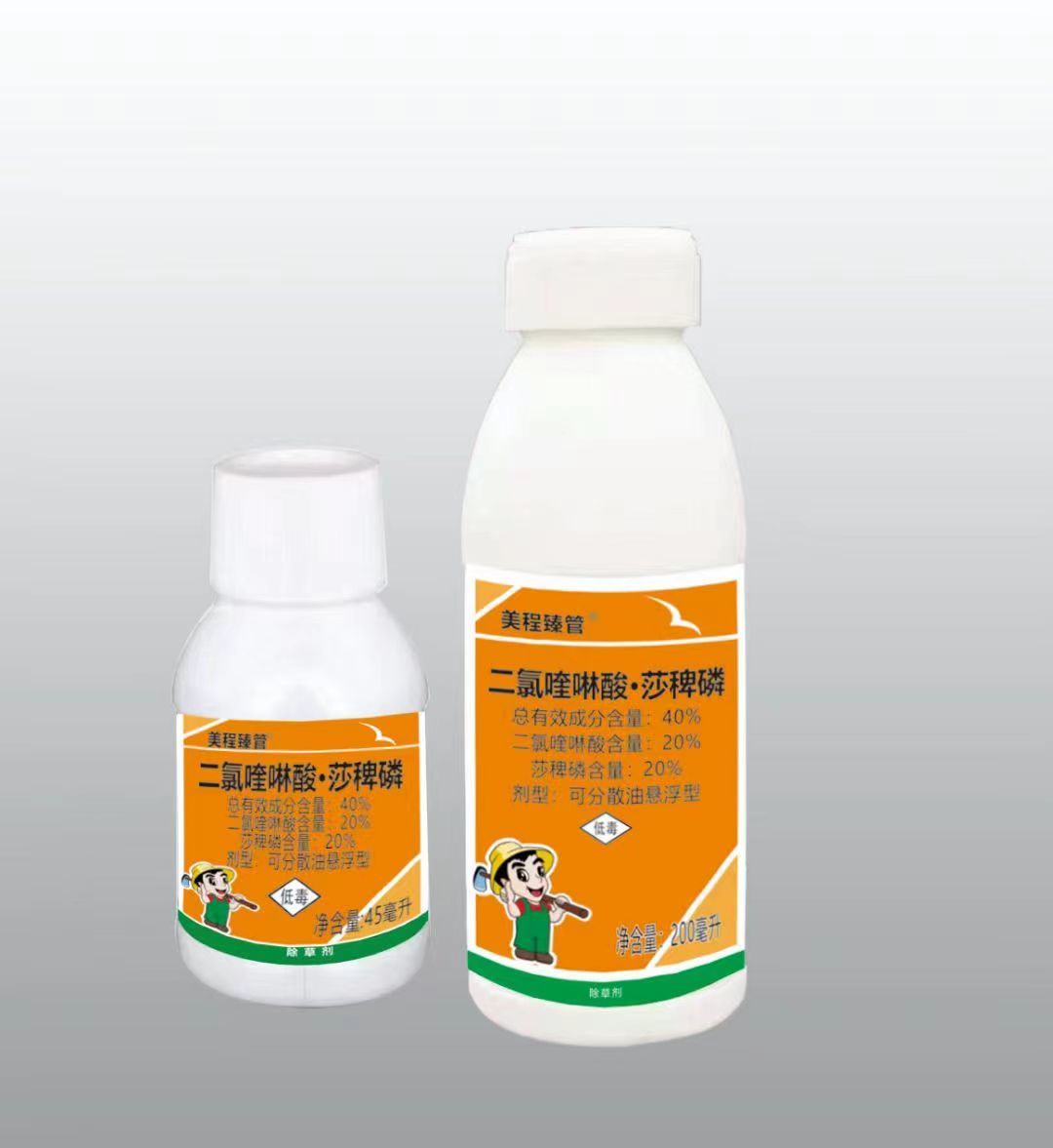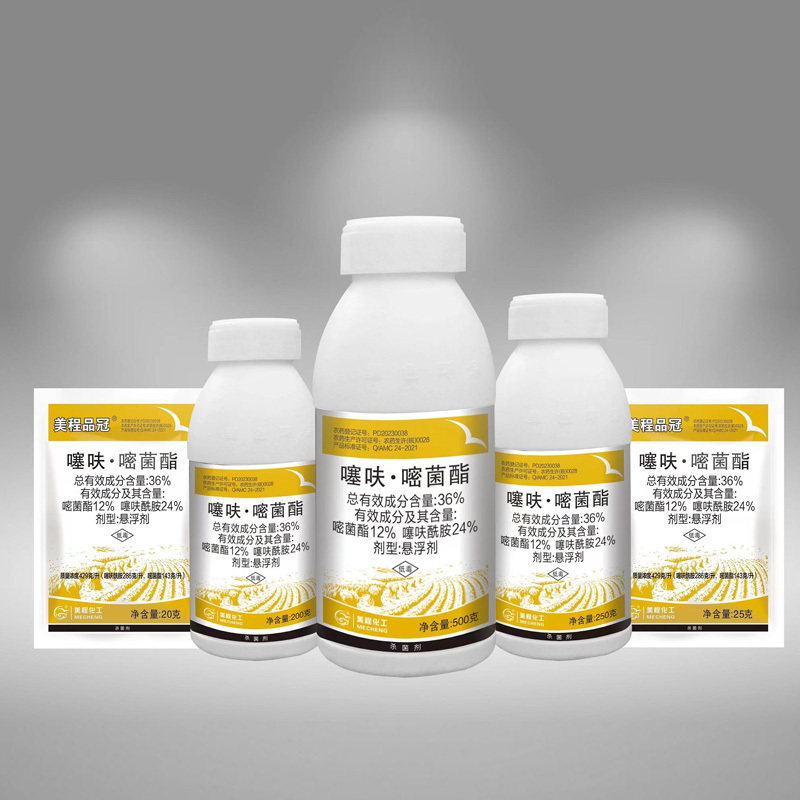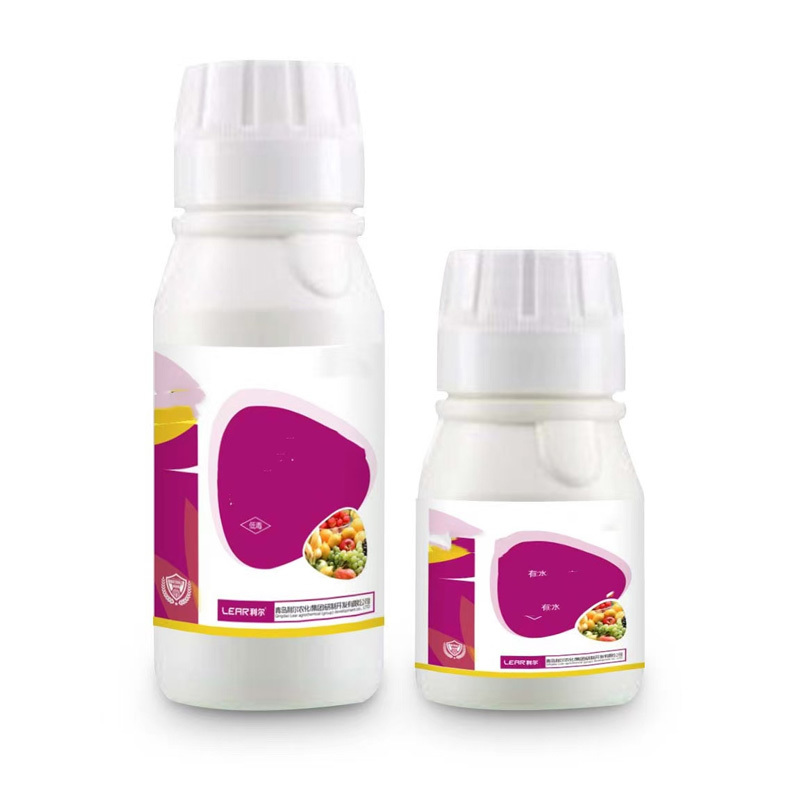-
-
-
-
News & Publication
-
News & Publication
A Very Brief Introduction to Selective Herbicides
Time
2025-04-21
Selective herbicide, as the name suggests, is the herbicide that targets only certain types of plants while leaving others unharmed. They are widely used in agriculture, forestry, and landscaping to control weeds and other unwanted vegetation.
It was first developed in the 1940s and 1950s. The earliest types were 2,4-D and 2,4,5-T, which were used extensively in agriculture and forestry. Afterwards, many novel selective herbicides have been developed and applied to many areas especially in agriculture. However, concerns about their environmental and health impacts led to their restrictions or bans in some situations. In terms of selective herbicide production, China has absolutely become the leader in the world and have been developing the majority of generic herbicides products.
There are several different types of selective herbicides, each with its own modes of action and target plants. Some important types and their examples are:
- Hormone-based herbicides: These herbicides work by disrupting the growth and development of plants. Examples include dicamba and 2,4-D.
- Photosynthesis inhibitors: These herbicides target the process of photosynthesis in plants, which is necessary for their growth and development. Examples include linuron, bentazone, atrazine and simazine, desmedipham and phenmedipham.
- ALS inhibitors: These herbicides target the enzyme acetolactate synthase (ALS), which is necessary for the production of branched-chain amino acids in plants. Examples include nicosulfuron, mesosulfuron, tribenuron, bispyribac, flumetsulam, imazamox and imazapic, penoxsulam.
- Acc-ase inhibitors: blocks the synthesis of lipids, which leads to the impairment of the production of the cell membrane in the mechanisms of gramineae plants. Examples include quizalofop-p-ethyl, clodinafop, haloxyfop, clethodim, pinoxadin, propaquizafop, cyhalofop
According to a report by the Global Herbicide Resistance Action Committee, herbicide resistance is a growing problem in many countries. The report states that there are now over 500 confirmed cases of herbicide resistance in weeds, with the majority of cases occurring in Asia, North America, Australia, and Europe.
Recent studies have found that some non-selective herbicides, such as glyphosate, may have negative impacts on soil health and biodiversity. Other
studies have linked exposure to certain herbicides with an increased risk of cancer and other health problems.
It is important for controlling weeds and other unwanted vegetation in agriculture, forestry, and landscaping. It can help to increase crop yields and reduce the use of manual labor in weed control. However, its overuse can lead to herbicide resistance, environmental damage, and negative impacts on human and animal health.
Herbicide resistance is caused by the overuse of herbicides, which leads to the selection of resistant plants. As resistant plants continue to grow and reproduce, the resistance trait becomes more common in the population.
Meanwhile, its effective management requires careful planning and monitoring to minimize environmental impacts and reduce the risk of herbicide resistance. Factors that can affect its effectiveness include soil type, weather conditions, and the presence of resistant weeds.
In conclusion, selective herbicide is an important tool for controlling unwanted vegetation. While they offer several advantages, including efficient weed control and increased crop yields, their use can also lead to environmental damage, herbicide resistance, and negative impacts on human and animal health. It is important to carefully manage and monitor its use to minimize these risks. As the world continues to face the challenge of feeding a growing population, it will continue to play an important role in sustainable and efficient agriculture.
Hefei Perfecto Biosciences Co., Ltd can offer many different selective herbicides products including all the above mentioned herbicides. All those products are widely used in rice, maize, wheat, soybean, vegetables, tobacco, fruit, etc.
Latest News

Email:
Address 1 : Salt-chemical Industrial Zone, Dingyuan County, Chuzhou, Anhui Province, China
Address 2 : 19F, Block A, Zheshang Building, Science Avenue, Hefei City, Anhui Province, China
Leave Message
We will contact you within one working day. Please pay attention to your email.
COOKIES
Our website uses cookies and similar technologies to personalize the advertising shown to you and to help you get the best experience on our website. For more information, see our Privacy & Cookie Policy
COOKIES
Our website uses cookies and similar technologies to personalize the advertising shown to you and to help you get the best experience on our website. For more information, see our Privacy & Cookie Policy
These cookies are necessary for basic functions such as payment. Standard cookies cannot be turned off and do not store any of your information.
These cookies collect information, such as how many people are using our site or which pages are popular, to help us improve the customer experience. Turning these cookies off will mean we can't collect information to improve your experience.
These cookies enable the website to provide enhanced functionality and personalization. They may be set by us or by third-party providers whose services we have added to our pages. If you do not allow these cookies, some or all of these services may not function properly.
These cookies help us understand what you are interested in so that we can show you relevant advertising on other websites. Turning these cookies off will mean we are unable to show you any personalized advertising.
This website already supports IPV4/IPV6 bidirectional access




